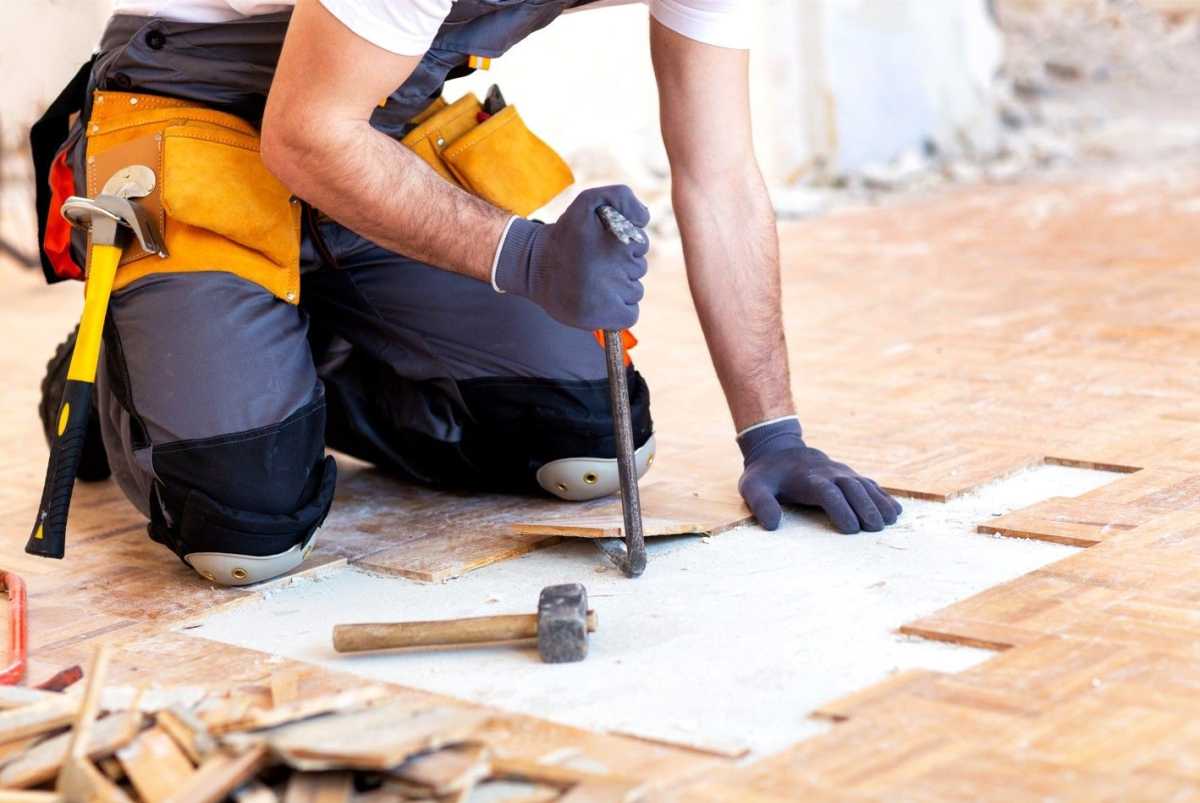Critical Safety Checks For Flipping Antique Homes
- - Category: Remodeling
- - 25 Jun, 2024
- - Views: 58
- Save

This article identifies critical things to check for when purchasing and flipping antique homes.
Flipping antique homes offers a unique blend of challenges and rewards. While these properties can bring significant returns, they also come with their own set of risks. Ensuring safety throughout the renovation process is paramount, not just for future residents but for the contractors and workers involved. Here is a comprehensive guide to the critical safety checks necessary when flipping antique homes.
Structural Integrity
An antique home's charm lies partly in its unique architecture and historical value. However, old structures can be fraught with problems. Checking the foundation for cracks, settling, or water damage is crucial. Look for signs of sagging floors and walls, which could indicate compromised structural integrity. Engaging a structural engineer early in the process can save time and money down the line.
Electrical Systems
Antique homes often have outdated electrical systems that may not meet current safety standards. Old wiring, such as knob-and-tube or aluminum, can pose significant fire hazards. Ensure that all electrical components are inspected by a licensed electrician. Upgrading the electrical system to handle modern appliances and technology is essential for safety and functionality.
Plumbing
Antique homes might also feature outdated plumbing systems made from materials like lead or galvanized steel, which can corrode over time and pose health risks. Inspect all plumbing for leaks, corrosion, and blockages. Replacing outdated pipes with modern, safe materials will ensure the new occupants have a reliable water supply free from contaminants.
Hazardous Materials
Many antique homes contain hazardous materials such as asbestos, lead paint, and mold. These substances can pose severe health risks if not handled correctly. It's vital to have a professional inspection and, if necessary, remediation to remove these hazards safely. Proper protective equipment and following federal guidelines are non-negotiable steps in this process. Working with a company like Philly Lead Inspectors could be a good idea because you won't have to expose yourself to any hazardous materials.
Roofing
The roof of an antique home is another critical area that requires thorough inspection. Look for signs of wear and tear, such as missing shingles, leaks, or water damage. A compromised roof can lead to significant issues, including structural damage and mold growth. Ensure the roof is repaired or replaced as needed to guarantee long-term protection.
Insulation
Old homes often lack adequate insulation, leading to inefficient heating and cooling and potential moisture issues. Inspect the insulation in the attic, walls, and crawl spaces. Upgrading to modern insulation materials can improve energy efficiency and contribute to a safer, more comfortable living environment.
Windows and Doors
Windows and doors in antique homes can be beautiful but may not meet modern safety standards. Check for broken panes, drafts, and faulty locks. Replacing or restoring windows and doors can improve security, energy efficiency, and aesthetic appeal.
Pest Infestation
Antique homes are susceptible to pest infestations, including termites, rodents, and other insects. These pests can cause significant damage to the structure and pose health risks. A thorough inspection by a pest control professional is essential. Implementing preventive measures and treatments can safeguard the property during and after the renovation process.
Fire Safety
Fire safety is a paramount concern, especially in homes with old wiring and wooden structures. Installing smoke detectors, fire extinguishers, and a modern fire sprinkler system can significantly reduce fire risks. Ensure that all fire safety equipment is up to code and fully operational.
HVAC Systems
Heating, ventilation, and air conditioning (HVAC) systems in antique homes may be outdated or inefficient. Inspect the HVAC system to ensure it is in good working order. Upgrading to a modern, energy-efficient system can improve air quality and provide reliable temperature control, enhancing overall safety and comfort.
Conclusion
Flipping an antique home can be a rewarding venture, but it demands meticulous attention to safety. Conducting thorough safety checks and addressing any issues promptly is crucial for the success of your project. Investing in these safety measures not only protects your investment but also ensures that the future occupants can enjoy their beautifully restored home without concerns. For those looking to take their antique home renovation projects to the next level, consider seeking expert advice and professional services to guide you through the process.



